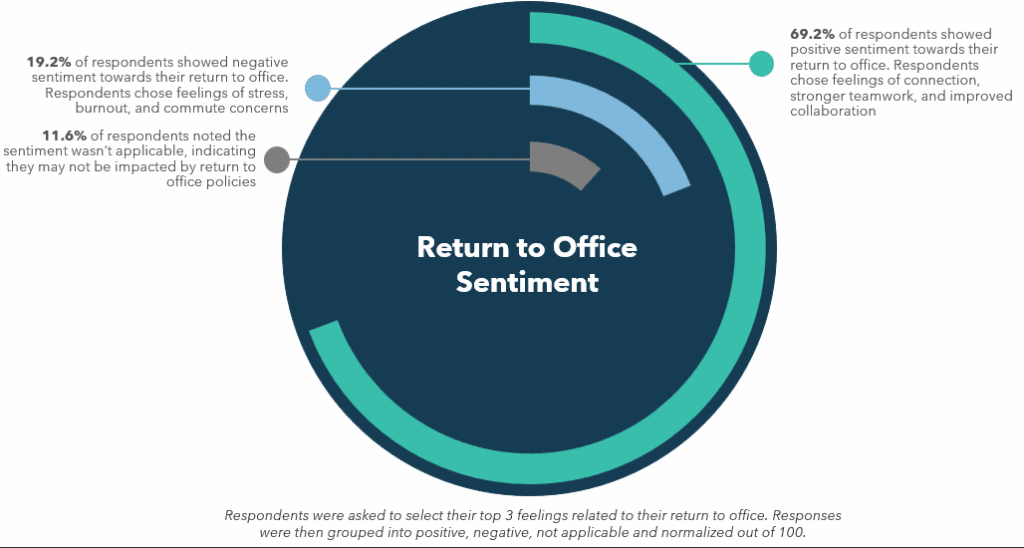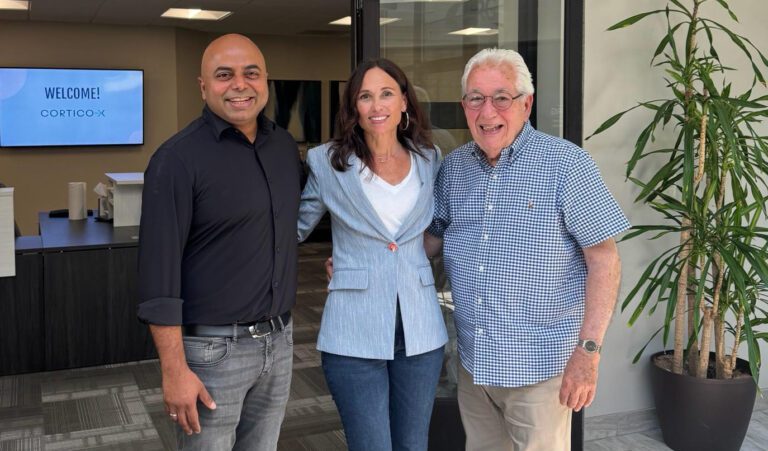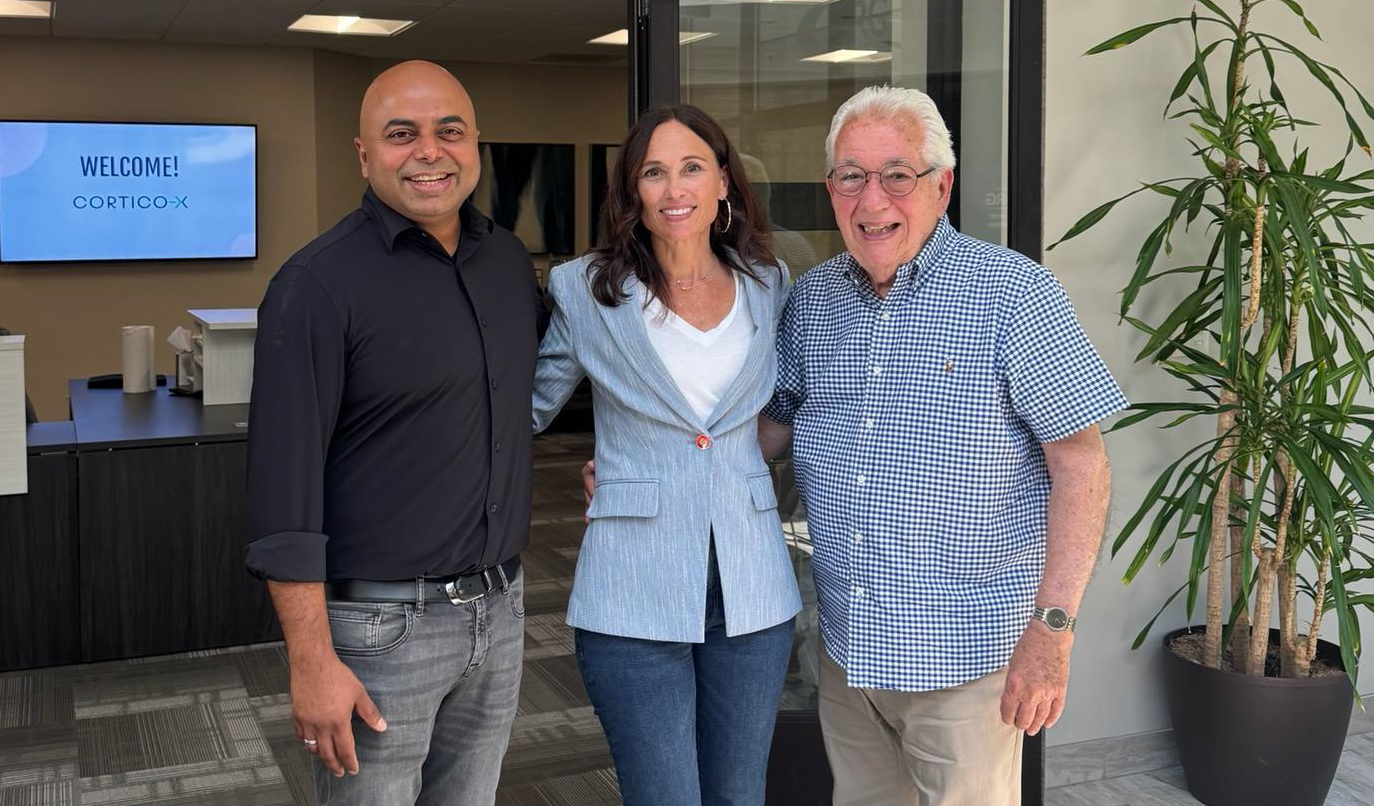Return to Work has become a universal conversation. Everyone holds strong opinions that often fall at opposite ends of the spectrum. Some employees crave the in-person connections and collaborative energy of office life. Others find that remote work delivers greater flexibility and boosts their productivity. We would be remiss not to acknowledge the generational dynamics influencing these perspectives.
Our research reveals valuable insights from leading academic institutions:
- Stanford University (July 2022) published “The Great Resistance: Getting Employees Back to the Office,” arguing that post-COVID businesses must strategically identify which days require in-office presence to foster engagement and balance.
- NORC at the University of Chicago (December 2023) surveyed HR leaders about return-to-work challenges. Their conclusion: “Working from home is unlikely to completely go away, but many employers believe working together and in person is a huge factor in creating workplace culture. This creates a tension employers and employees will have to navigate.”
Since the pandemic ended, businesses have struggled to find the right approach. Some mandate full office returns, while others embrace remote or hybrid models. There is no clear consensus.
Our research also uncovered an emerging trend called “micro-shifting,” particularly popular among younger workers. This approach favors flexible, non-traditional schedules—think 7am to 9pm with breaks as needed, rather than the standard 9-to-5—supported by technology and workforce management platforms.
What’s the verdict? There is not a one-size-fits-all solution. Across all the diverse viewpoints we have encountered, one theme emerges clearly: effective return-to-work strategies require active listening and continuous refinement. Here is what we’ve gathered from our readings, observations, and conversations with our clients.
Alyson’s Perspective:
Companies navigating this challenge should focus on two priorities. First, leverage employee engagement survey data. Ask your people about flexibility, what keeps them engaged and productive, and what business needs justify office time. If these questions are not in your surveys, consider adding them as they are now essential metrics.
Second, communicate your policies with absolute clarity. Vague or inconsistently enforced policies erode employee trust and breed frustration. A client of mine recently emphasized that policy consistency was critical to employee buy-in. The took the position to be transparent about evolving office expectations and framed it as a shared journey. The takeaway: gather feedback, implement plans aligned with business goals, and communicate with clarity and frequency that builds employee trust.
Robyn’s Perspective:
I was curious about shifting perceptions—are they trending positive or negative? We conducted a quick poll, and the results show consumers are gravitating toward the positives of returning to office when asked about their top-of-mind feelings.

Source: Cortico-X Intel Employee RTO Sentiment Meter Poll, October 2025
I agree with the active listening approach through various channels: onboarding conversations, one-on-one check-ins, team listening sessions, suggestion boxes, and anonymous engagement surveys. Take it further by training managers in empathetic communication and demonstrating that employee voices shape policy. Their input matters and, more importantly, is heard.
Establish a continuous feedback loop, recognizing that the ideal model will evolve (e.g. micro-shifting) and your policy should adapt to it. Walk in your employees’ shoes to understand their door-to-door experience commuting to the office.
We Want to Hear from You!
How is your organization handling return-to-work practices and policies? Share your experience in our brief poll below…we will publish the results!

Robyn Gilson
Is a Vice President at Cortico-X and leads our Healthcare and Experience Management practice. She excels at turning customer feedback into useful business insights that produce measurable results while building stronger relationships with everyone involved in your business.

Alyson Daichendt
Is a Vice President at Acquis Consulting, the parent organization for Cortico-X. Alyson specializes in Organization and Talent consulting. She helps clients enhance employee experience, drive engagement, and build great workplace cultures.











